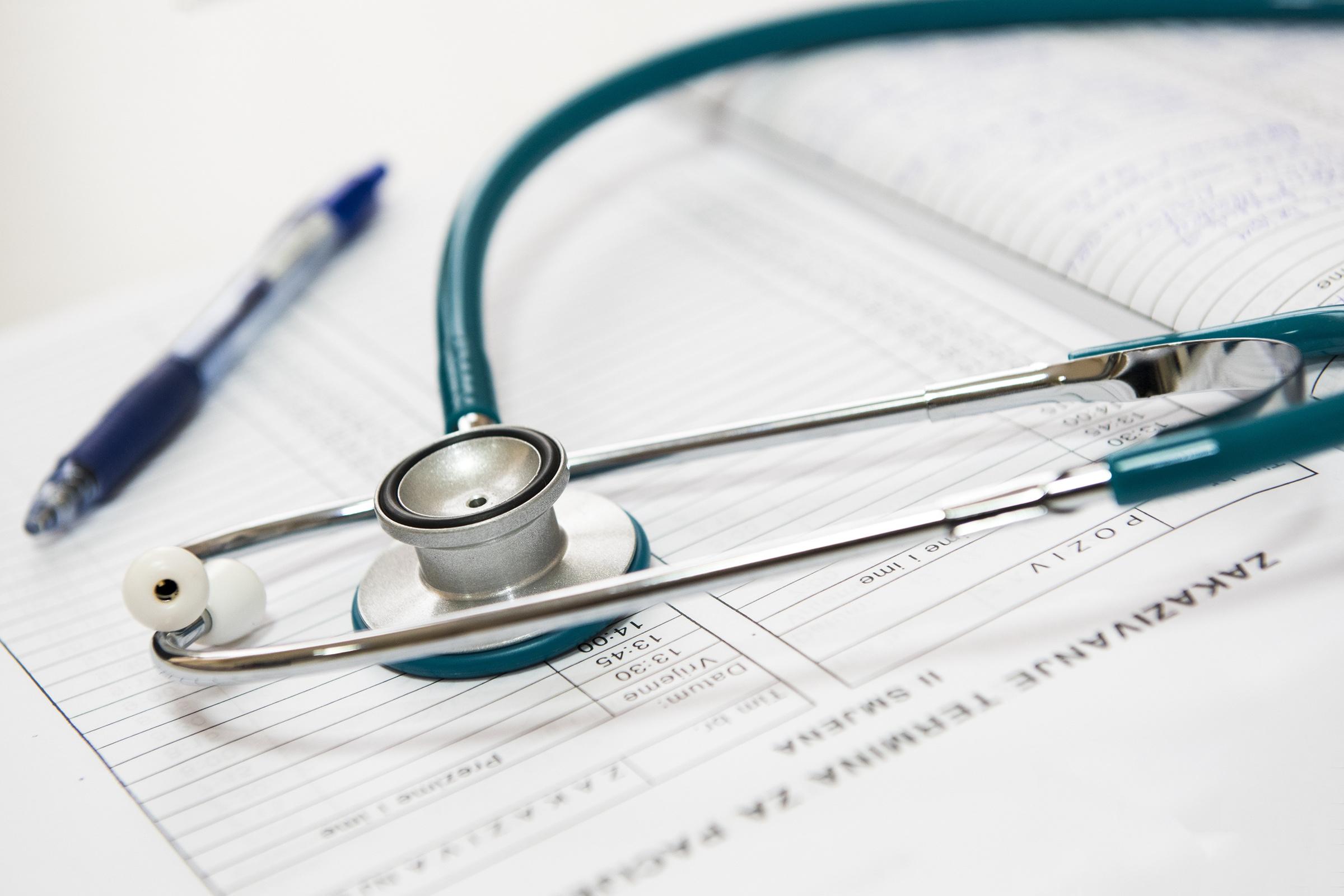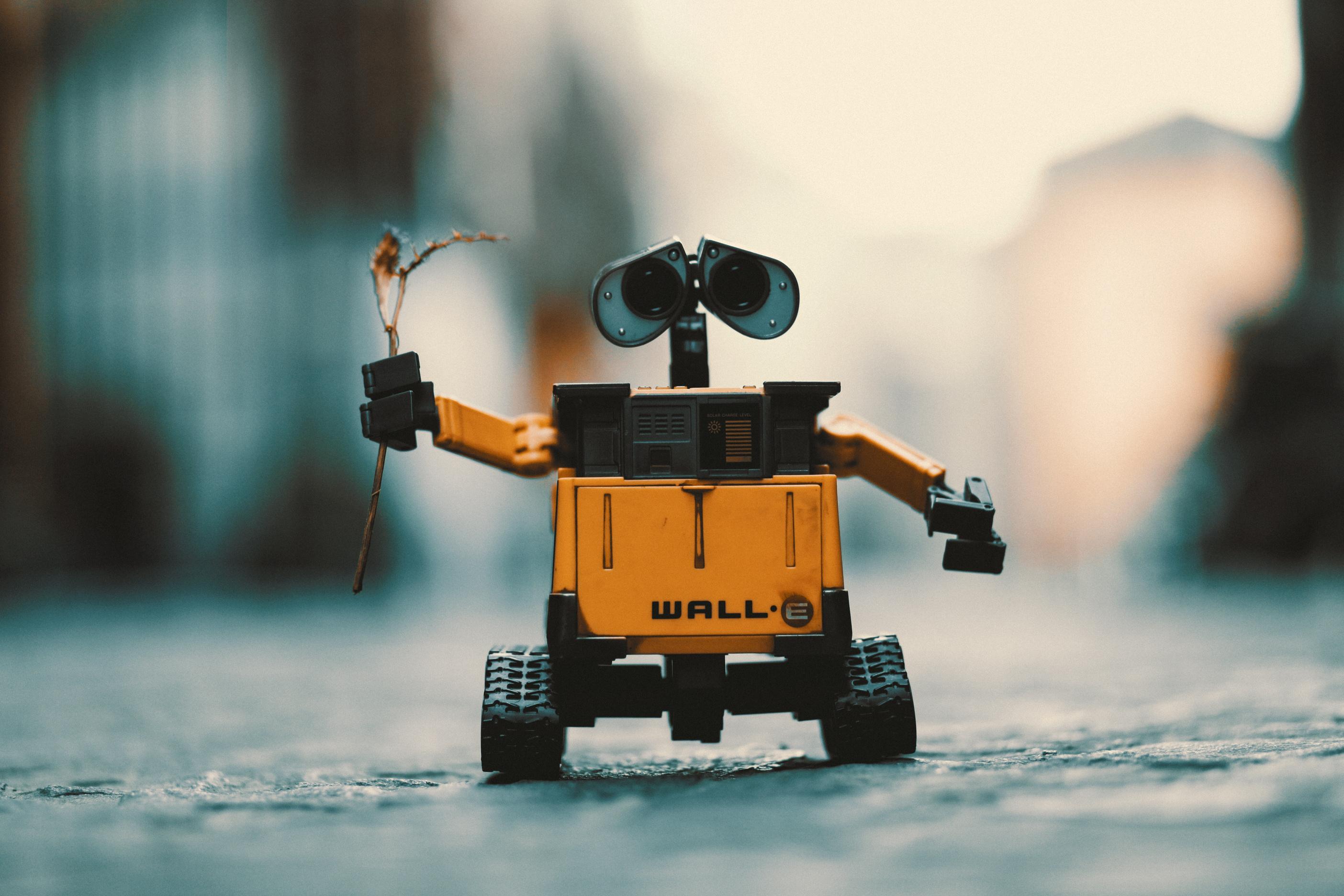
4 minute read
Artificial intelligence enters the medical field:
11 companies are using AI technology to improve health effects
Twomainusecasesofartificial intelligenceinhealthcare
Advertisement
In the era of big data, artificial intelligence-driven clinical decision support systems can be designed to improve the quality and accuracy of the medical and health decision-making process. In other words, AI- driven software engines can be used to improve diagnosis and help doctors make better and more informed decisions faster. The end result is to simplify the complex process, making it easier for doctors to arrive at a more deterministic and accurate medical diagnosis. Artificial intelligence and medical information management
Hospitals, clinical research centres, and other medical institutions collect and store large amounts of patient, financial, and employee data. By using artificial intelligence to better manage medical and health-related information and knowledge, patients can obtain medical consultations or first-class consulting services and care faster through virtual forms. More importantly, doctors can learn through educational modules driven by artificial intelligence.
Examples of artificial intelligence in healthcare
IDx: AI detects retinopathy caused by diabetes
How IDx uses artificial intelligence technology in healthcare: This Coralville- based company has developed an AI- based diagnostic system. By simply studying a batch of retinal images, clinicians can detect retinopathy caused by diabetes. The company ' s flagship AI- driven product IDx-DR achieves an incredible 90 % certainty, 87 % sensitivity, and 95 % image ability.
In just one minute, the diagnostic tool can determine whether there is an eye disease caused by high blood sugar destroying blood vessels in the back of the eye. This artificial intelligence-based software has been approved by the FDA for use in the United States and has been used in a large medical institution: University of Iowa Hospitals and Clinics.
Apple: Atrial Fibrillation (Afib) Detection
How Apple uses artificial intelligence in healthcare: The Company ’ s AI sensor is built into its flagship wearable product Apple Watch series, which uses artificial intelligence to detect atrial fibrillation, a cardiovascular disease characterized by arrhythmia. Apple ’ s ECG app enables users to take an electrocardiogram and detect any missing, fast, or problematic heartbeats. By monitoring your heartbeat in the background, if there is an abnormal heartbeat that seems to be an Afib disease signal, the app can notify you so that you can see a doctor as soon as possible.
Apple ’ s Afib is very useful for detecting AI- driven applications, because this disease is often difficult to notice, especially among young people. According to estimates by the US Centres for Disease Control, atrial fibrillation affects nearly 2 % of young people and more than 9 % of Americans over 65 years of age.
Aidoc: CT Cerebral Haemorrhage Diagnosis
How Aidoc uses artificial intelligence in healthcare: Aidoc has developed an artificial intelligencedriven brain solution that uses a computer to screen and scan CT images to help mark the occurrence of intra cerebral haemorrhage.
The clinical decision support system uses the power of deep learning and AI to help radiologists classify possible cases of acute intracranial haemorrhage (ICH). Although it was approved by the U.S. Food and Drug Administration in August 2018, the radiology workflow AI solution has been commercialized in many other countries since 2017. By detecting internal bleeding more accurately and quickly, this is an excellent solution that can help doctors diagnose and treat cerebral haemorrhage faster and more effectively.
iCADL breast by X breast density assessment rays
How iCADL uses artificial intelligence in healthcare: iCAD uses a combination of big data and artificial intelligence to help radiologists better assess breast density based on the scope of BI-RADS standards. Artificial intelligence software can help detect breast cancer more accurately for women with dense breasts. How is this done? In view of the breast X -ray sensitivity of dense breast in women from the normal 98 % to about 48 % (by American women in the 40 % to 50 %), iCAD solution uses artificial intelligence to enhance further recommended screening tests, including breast X -ray tomography and so on.
iCAD CEO Ken Ferry expressed: "iCAD of PowerLook Density Assessment 3.4 provides automatic, rapid and reproducible assessment of breast density to help identify those who may bring because of dense breasts and breast X patients drop precision-ray. "
QuantX: Detection of breast lesions
How QuantX uses artificial intelligence in healthcare: QuantX is a diagnostic platform that is supported by machine learning to help skilled doctors perform feature induction and detection of breast lesions. By combining case mining and AI, this tool can help radiologists and doctors better diagnose breast abnormalities and prescribe personalized treatment plans. The AI function of QuantX can help meet the diagnostic needs of medical managers, doctors and patients. It has been approved by the FDA for use in hospitals in the United States.
Imagen (OsteoDetect ): Detection of wrist fractures in adult patients
How Imagen uses artificial intelligence in healthcare: Healthcare AI technology company Imagen has developed an AI- based diagnosis and detection software called OsteoDetect, which uses machine learning technology to identify adult patients ’ wrist fractures. Through the computer-aided detection platform, doctors can quickly and accurately find distal radius fractures.
This diagnostic solution has been approved by the FDA and can benefit many scenarios in healthcare, including emergency care facilities, primary care facilities, emergency rooms, etc. It is a good example of artificial intelligence in medical care aids, and it will complement the professionalism of radiologists.
The potential of AI in the medical field is huge. There are already many eye-catching AI applications that have made progress in this field.

THANK YOU!


